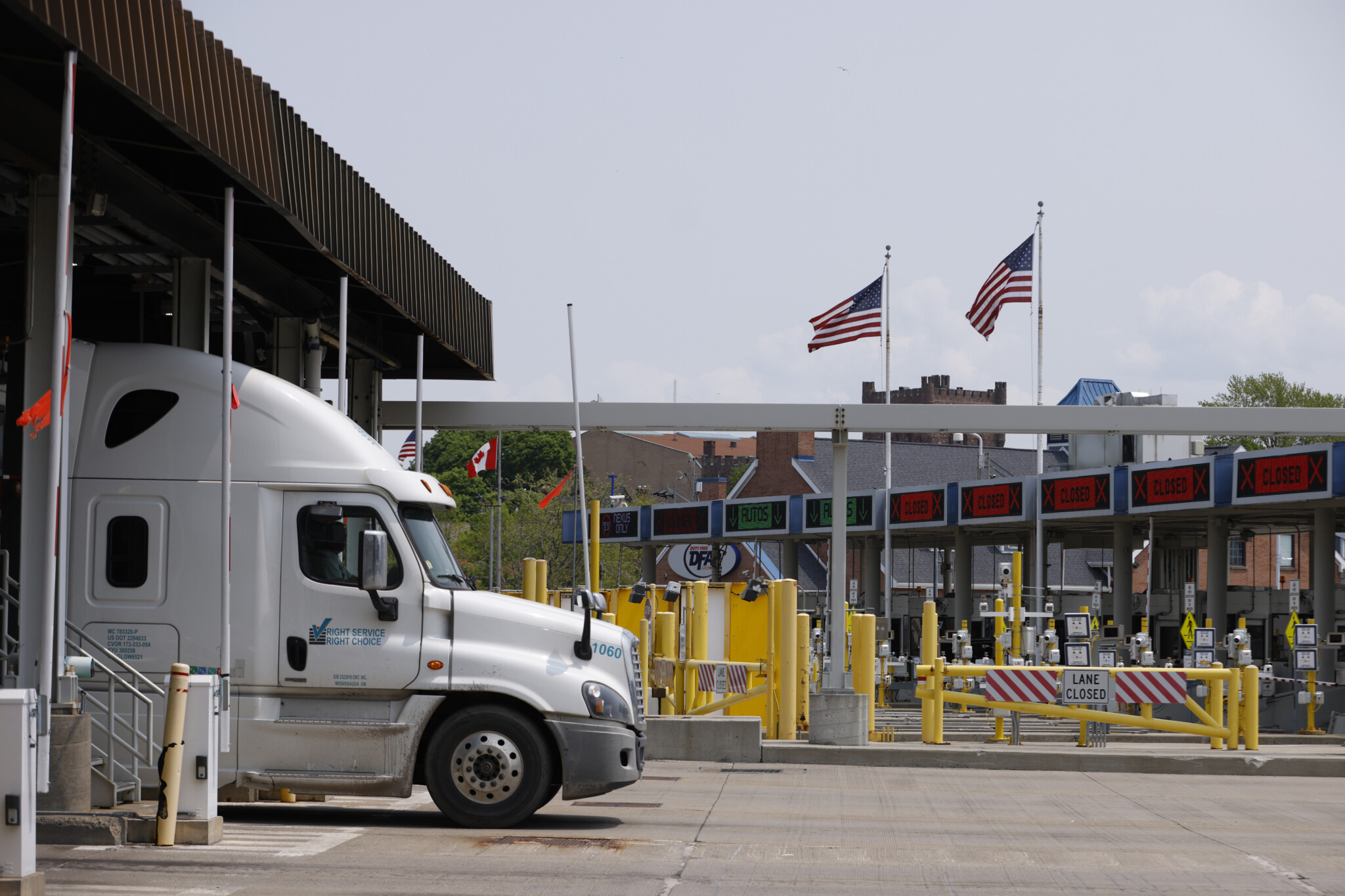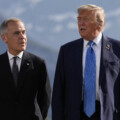In a recent episode of Hub Dialogues, John Stackhouse, senior vice president at RBC and head of RBC Thought Leadership, discussed the economic implications of the Trump administration’s tariff threats and how Canada can navigate the evolving global trade landscape.
The conversation, hosted by Sean Speer, editor-at-large at The Hub, delved into the immediate and long-term effects of tariffs, Canada’s retaliatory measures, and the resilience of North American supply chains.
Here are five key insights from Stackhouse’s analysis.
1. Tariffs create immediate economic shocks
Stackhouse emphasized that the threat of tariffs, even before their implementation, has already caused significant economic disruptions in Canada. Businesses are delaying major investment plans and other transactions due to market uncertainty. The ripple effects are felt not just in large-scale projects but also in day-to-day decisions, such as whether to add shifts or build up inventories. This shift in business sentiment marks a stark contrast to the optimism at the start of the year when many anticipated a booming economy due to the incoming Trump administration’s talk of freeing up the economy.
“The effect of the trade war, even the threat of a trade war, has caused a lot of investment plans to be put on hold,” Stackhouse noted. He added that the uncertainty is causing a “chill” in economic activity, with businesses hesitant to make decisions in an unpredictable environment.
2. Some sectors may benefit
While trade-sensitive industries like manufacturing are expected to bear the brunt of the tariffs, Stackhouse highlighted that some sectors could counterintuitively benefit. For instance, Canadian-made consumer goods, particularly in the food and retail sectors, may see increased demand as retailers look for alternatives to U.S. products. Additionally, infrastructure firms are likely to benefit from increased government spending on projects, regardless of the election outcome.
“There’s a buy-Canada enthusiasm in the shopping aisle,” Stackhouse said, pointing out that domestic producers could gain market share in certain areas. However, he cautioned that these benefits are unlikely to fully offset the losses in sectors heavily reliant on U.S. markets.
3. Retaliatory tariffs are a double-edged sword
Canada’s retaliatory tariffs, such as those on Kentucky bourbon and Harley-Davidson motorcycles, have been effective in targeting politically sensitive products in the U.S. However, Stackhouse warned that broader-based measures could backfire, particularly in industries with complex supply chains. For example, intermediate goods that cross the border multiple times, such as auto parts or agricultural products, could become more expensive for Canadian consumers and businesses.
“The broader-based measures become a little harder to implement and have greater blowback,” Stackhouse explained. He noted that while targeted tariffs can serve as a negotiating tool, they also risk exacerbating Canada’s productivity and competitiveness challenges.
4. North American supply chains are resilient
Despite the tariff threats, Stackhouse expressed confidence in the resilience of North American supply chains, particularly between Canada and the U.S. He pointed to the auto industry as an example, where parts often cross the border multiple times during production. The complexity and integration of these supply chains make them difficult to untangle, even in the face of protectionist policies.
“The economic logic of North America is so strong that it is not going to be defeated by any particular trade policy,” Stackhouse said. He added that industries like agriculture and automotive manufacturing are deeply interconnected, with sophisticated supply chains that benefit both producers and consumers.
5. Canada must focus on strengths and competitiveness
To mitigate the impact of U.S. tariffs, Stackhouse argued that Canada must focus on its strengths, particularly in immigration, skilled labour, and technology adoption. He highlighted Canada’s ability to attract and train talent as a key advantage, especially as the U.S. faces labour shortages. However, he also stressed the need for Canada to accelerate its adoption of new technologies and address long-standing productivity challenges.
“We need to recognize our strengths and play to those strengths,” Stackhouse said. He called for targeted government support to help businesses transition and adapt to the changing economic landscape while cautioning against policies that could stifle innovation or structural adjustments.
This article is made possible by RBC and readers like you. Donate today.
Generative AI assisted in the production of this story.









